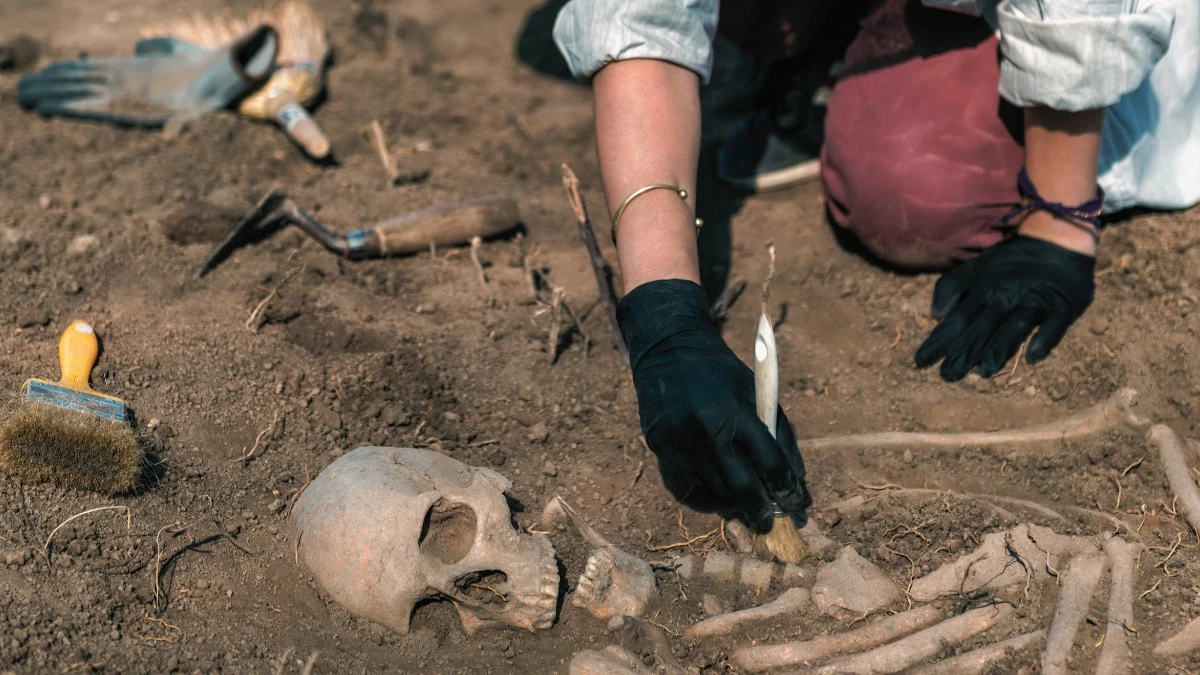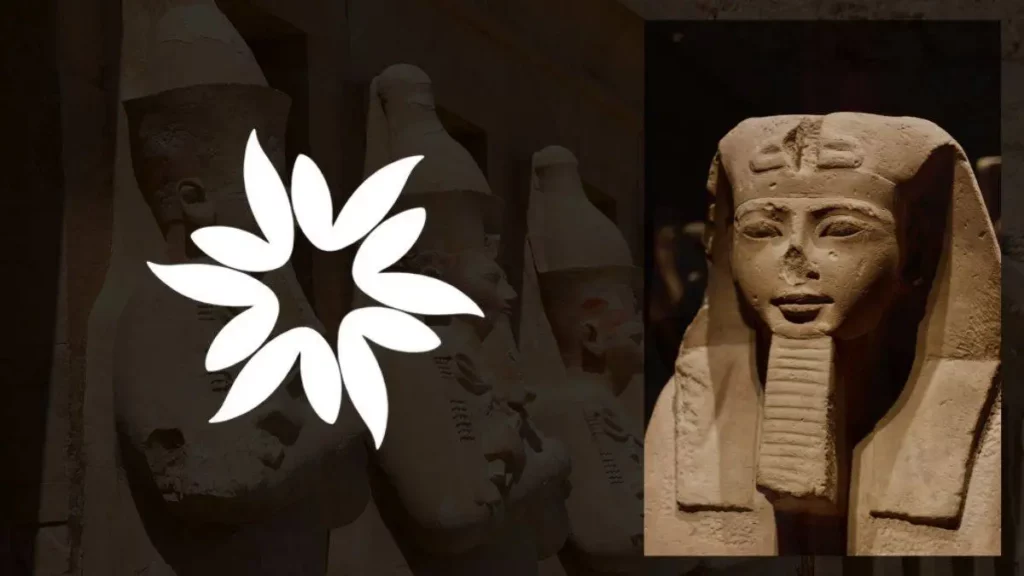Explore the significant archaeological discovery in Brazil, where over 100,000 artifacts and 43 skeletons unearthed could redefine the country’s ancient history and our understanding of early human societies in the Americas.
Key Takeaways
- Over 100,000 artifacts and 43 human skeletons were unearthed at Chacara Rosane in Brazil, potentially pushing back the timeline of human settlement in the region by at least 1,400 years.
- The site reveals multiple layers of occupation, including evidence from the Tupinamba people and artifacts from as far back as 9,000 years ago, offering new insights into Brazil's prehistoric era.
- This discovery challenges existing theories on the settlement of the Americas and could significantly alter our understanding of early human societies in Brazil and beyond.
Brazil’s Prehistoric Secrets: An Archaeological Breakthrough
In a groundbreaking discovery, a team of archaeologists in Brazil has unearthed an extensive collection of ancient artifacts and human skeletons. This find, located in the coastal city of Sao Luis, is poised to rewrite the history of Brazil and offer new insights into the country’s prehistoric period.
The Discovery
- Location and Initial Findings: The site, known as Chacara Rosane, was first identified during a construction project for a new apartment complex. Workers stumbled upon human bones and pottery shards, leading to the involvement of archaeologists.
- Extent of Findings: Over four years of excavation, the team uncovered 43 human skeletons and more than 100,000 artifacts, a collection described as “grandiose” by Brazil’s Institute for National Historic and Artistic Heritage (IPHAN).
- Archaeological Layers: The site contains multiple layers, each representing different eras of occupation. The top layer is attributed to the Tupinamba people, present when European colonizers founded Sao Luis in 1612. Subsequent layers include artifacts from Amazon rainforest peoples, a “sambaqui” layer used by Indigenous groups, and a bottom layer from a group that lived around 8,000 to 9,000 years ago.
The Significance
- Historical Impact: The artifacts from the oldest layer are far older than any previously found “pre-sambaqui” settlements in the region, suggesting that human settlement in modern-day Brazil occurred at least 1,400 years earlier than previously thought.
- Scientific Debate: This discovery fuels the ongoing debate about when and how humans first arrived and populated the Americas from Asia.
- Cultural Insights: The variety of artifacts offers a glimpse into the daily lives, customs, and technology of ancient communities in Brazil.
Future Endeavors
- Detailed Analysis: Archaeologists plan to date the artifacts more precisely using isotopic analysis. This will help us understand the exact time frames of the different layers and the evolution of the societies that left them behind.
- Preservation and Exhibition: A lab and museum are being established by the Federal University of Maranhao, funded by MRV, to house and display these artifacts. This will enable the public and researchers to engage directly with these historical treasures.
The discovery at Rosane’s Farm is a monumental achievement in the field of archaeology, offering a new perspective on Brazil’s ancient history. As research continues, these findings promise to enrich our understanding of early human societies in the Americas and the development of their cultures and technologies. This is a testament to the complex and rich history of human settlement in Brazil, long before recorded history.








